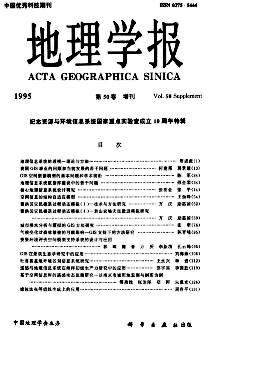Xu Shiyuan, ChenZhongyuan
For the past over 15 years, active investigation was carried out, mainly using coring and sonar profiling, to study the sedimentological/geomorphologic processes of the major late Quaternary deltas, such as Ruan River delta, Yellow River delta, Yangtze River delta, Han River delta and Pearl River delta, distributed along the eastern coast of China. It is found that there obviously exist many respects of similarity and discrepancy in delta formation, reflecting that the late Quaternary delta processes influenced by eustasy, isostasy and climatic fluctuation are extensively comparable, even though different backgrounds of physiographic zonations along the eastern coast of China played an important role in affecting the delta development. Similarity of late Quaternary delta processes includes l) the tectonic subsidence inducing delta depocenter shift in space and river channel migration, 2) late Pleistocene basal stiff muds, which reflect alluvial sedimentation during the lower stand of sea level, 3) Holocene transgressive sands which is progressively combined with the fluvial sediment landward, 4) mid to late Holocene delta sediment sequences, which are primarily composed of three sections, i. e. from bottom upward, the pro-delta, delta front and delta plain, 5) changes of coastal environmental facies which coincides with the vertical changes of the Holocene facies. and 6) Holocene delta initiation. which started from~7 000 aBP, tested by many radiocarbon isotopes. These respects can be believed as worldwide as the research on Nile and Mississippi deltas were recently finished. In addition to the above-mentioned similarities, it is evident that vital discrepancies exist in the delta construction, resulted from deferential physiographic backgrounds, for instance the sediment input and hydrodynamic features around delta estuary. These features can be regarded as the direct factors in causing the dissimilar configuration of delta geomorphology, such as the fluvio-dominated type, fluvial-tide-dominated type and wave-dominated type. Sedimentary facies assemblages response to these types are distinct sand facies systems, i. e. the alluvial crevasse to sand bar system, tidal berm to sand shoal system and sand ridge to lagoon system. It is demonstrated that these delta sand facies systems are related to the oil-bearing unit in petroleum exploration.
